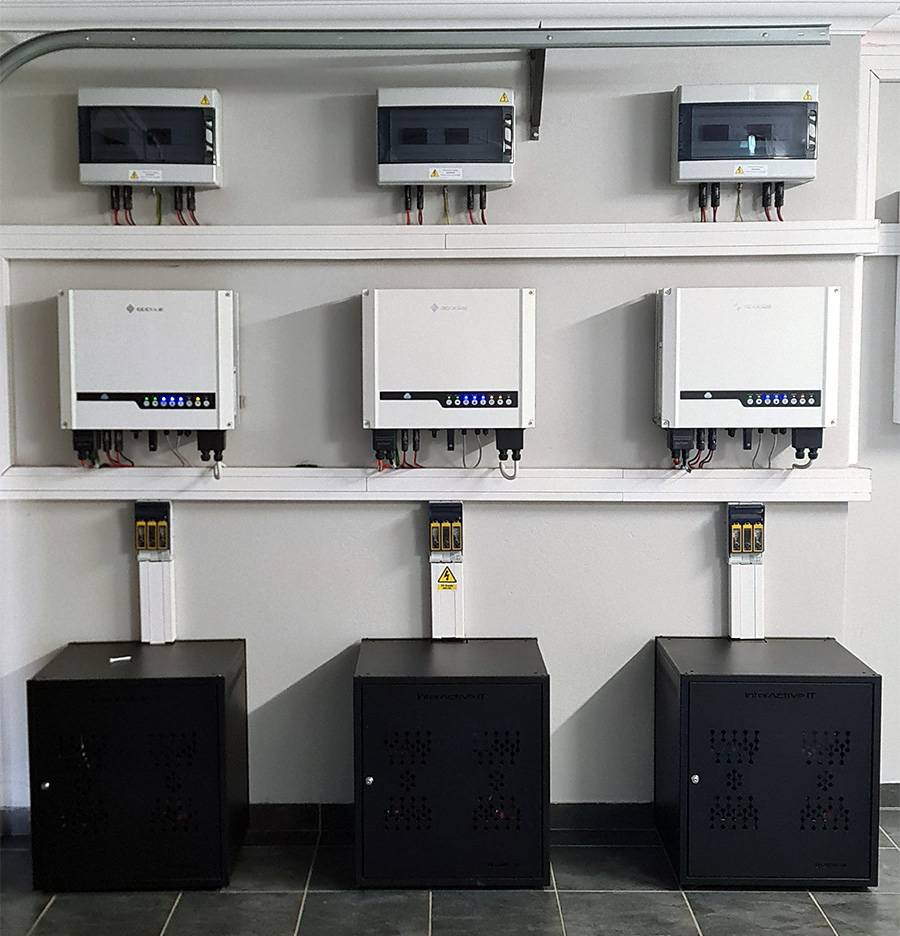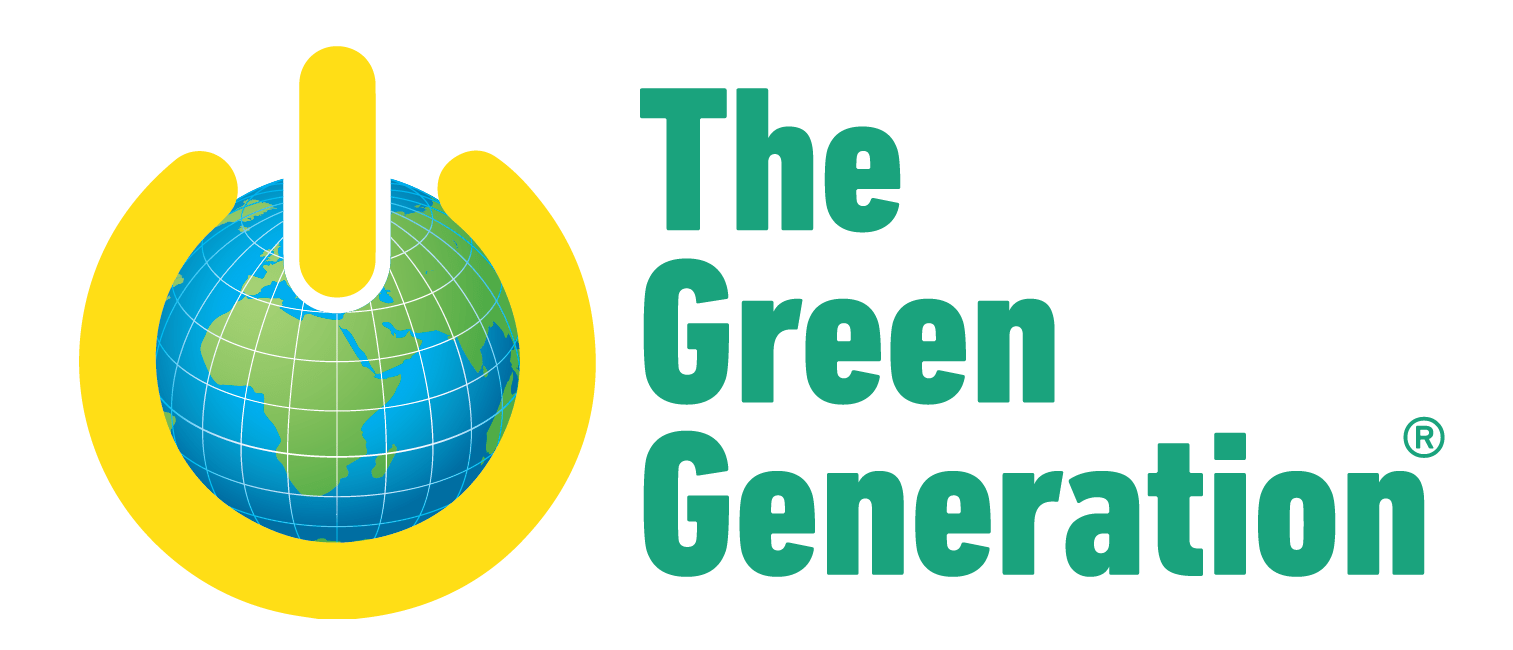Load shedding and power cuts can have several adverse effects on households and appliances. Firstly, power cuts can disrupt daily routines and activities that rely on electricity, such as cooking, heating/cooling, and lighting. This can be particularly inconvenient if the power outage occurs during the night, leading to discomfort and potentially unsafe situations.
Secondly, load shedding and power cuts can damage electronic appliances, such as computers, televisions, and refrigerators. When the power comes back on, a sudden surge of electricity can cause a power spike, which can overload circuits and components in these appliances.
Thirdly, prolonged power cuts can lead to food spoilage in refrigerators and freezers, resulting in significant financial losses. This can be particularly detrimental for households that rely on these appliances to store perishable goods.
Lastly, load shedding and power cuts can also impact home security systems, rendering them inoperable and leaving households vulnerable to burglaries and other crimes.
Overall, load shedding and power cuts can have significant negative impacts on households and appliances, leading to inconvenience, financial losses, and potentially unsafe situations.
A Load Shedding Kit contains a Solar Inverter, a Battery Bank and peripherals like disconnect switches and wiring. There are no solar Panels with a Load Shedding Kit. However, you can add panels later if you want to.
Solar Batteries store DC (Direct Current) power, but we use AC (Alternating Current) in our homes.
The inverter will convert the grid-supplied AC power to DC power when your battery is charging. And when using the power stored in your battery, the inverter will convert the DC power to usable AC power.
Contact us to find out how we can assist you with a load shedding kit.

Solar installation can have a significant impact on load shedding by reducing the demand for electricity from the grid. Load shedding occurs when there is a mismatch between the supply and demand of electricity, typically during times of high demand or when there is a shortage of supply. During load shedding, utility companies may need to implement planned power outages in certain areas to balance the demand and supply of electricity.
Solar installations can help reduce the demand for electricity from the grid by generating power locally. When solar panels are installed on a building or property, they can generate electricity during the day when the sun is shining. This electricity can then be used to power the building or property directly, reducing the amount of electricity needed from the grid. In some cases, excess electricity generated by the solar panels can also be fed back into the grid, further reducing the demand on the grid.
During times of high demand or when there is a shortage of supply, solar installations can help reduce the impact of load shedding by providing a local source of electricity. If a building or property has a solar installation, it may be able to continue operating during a power outage, as long as the installation is designed to work independently of the grid.
Overall, solar installations can help reduce the demand for electricity from the grid, which can help to reduce the frequency and severity of load shedding. However, the impact of solar installations on load shedding will depend on a variety of factors, including the size of the installation, the amount of electricity it can generate, and the local demand for electricity.
Please mail info@thegreengeneration.co.za if you encounter any issues.
